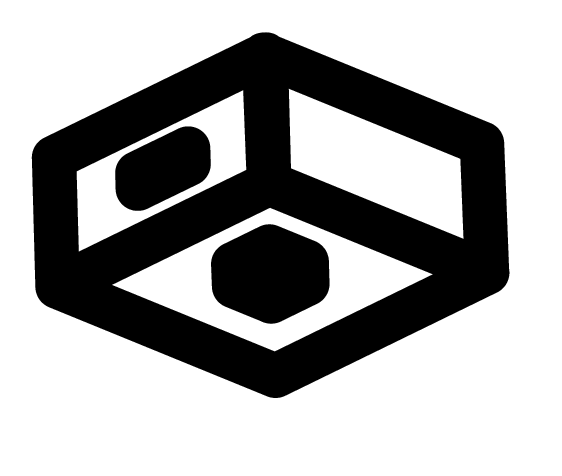Changing The Culture In Healthcare Organizations
Ofir Paldi is the Founder & CEO of Shamaym, a leading provider of collaborative real-time learning solutions.

GETTY
From its earliest days more than two years ago, the Covid-19 pandemic hit hospitals and healthcare facilities with abrupt and harrowing changes. For healthcare workers, the trauma still reverberates. So it matters more than ever that technology tools can support doctors, nurses and other healthcare providers. Innovations like artificial intelligence (AI) and machine learning (ML) help healthcare systems create better processes, better medical training programs and, ultimately, better doctors.
Advanced technology also empowers healthcare decision-makers by putting crucial information in their hands at the right moment. Physicians and healthcare teams can only benefit from effective decision intelligence. Most importantly, today’s technology enables these essential people to work safer, faster and better than ever before.
Finding Time For Training
Healthcare has its own unique challenges, and overburdened workers were burned out even before the pandemic struck. Still, that moment dramatically changed everything, especially resident training and continuing education programs. At a time when medical students approaching graduation were being rushed out of school and pressed into duty, no one had time for formal training—and certainly no energy for it.
Educators had to find innovative ways to keep going in this high-pressure environment, even while their students were coping with Covid-19. Once the bandwidth for lengthy reading assignments disappeared, training programs had to switch gears, offering instead short readings along with brief workshops and podcasts and quick video highlights. Most importantly, training had to focus on what students wanted to know at that moment—relatable, action-based learning they could use.
In this context, AI-based and ML-based technologies have become vital to continuous learning and sharing best practices among medical students, hospitals and other healthcare learners.
Intelligent Decision-Making
The evolution of healthcare technology and decision-support tools is leading to smarter decisions and sustainable improvements. Accessing the right data at the right time is an important part of training; understanding how to manage data becomes part of the learning process that’s helping to create better doctors.
Healthcare workers aren’t the only ones to benefit from sharing data. Hospitals themselves are connecting with other hospitals to exchange information and create new data resources. Hospitals are going through a significant shift in data management that can be “wrenching,” Gila Tolub, partner at McKinsey & Company, noted in a recent webinar that our company hosted. But even in spite of this, “some hospitals are doing a great job of using their data,” she said.
Best Practices In Medical Education
Training programs and continuous learning opportunities must be relevant to healthcare teams. Understanding their pain points and passions is key to making sure students stay motivated and truly want to learn.
Best practices in global healthcare institutions have shifted from skill-based to competency-based medical education. Training programs are turning to technology to ensure that the precious resource of time is utilized most effectively. Training programs are utilizing digital apps and learning platforms to provide easier, quicker interactions between supervisors and trainees.
Moreover, now that doctors have less time, insights need to be shared on demand. Toward that end, mobile apps enable logging procedures, evaluations and feedback to be accessible from anywhere, in real time.
Changing The Culture Matters
Innovative technology and best practices must fit within the existing cultural framework to succeed. Some positive results of new technology solutions are apparent right away, Tolub said, “but some changes are hard. Human beings can become entrenched in the way they work. We need to engage people in change and innovation to get them invested in training and new tools.”
Technology can shift the culture in healthcare and training programs by providing a platform to share learnings, and offer and accept feedback. Keep in mind that organizations don’t change, according to Tolub—people do. “That’s the human aspect of change management. The people in an organization change the way they behave, and that changes the organization.”
Most healthcare workers have a desire to continue improving, but hospital staff everywhere remain overwhelmed. Today’s technology enables physicians to make smarter decisions, while at the same time creating a culture of shared best practices and continuous learning. In the healthcare world, that kind of change can have a profound effect on many lives.

 Attendees
Attendees
 Sponsors and Exhibitors
Sponsors and Exhibitors
 AI In Healthcare: A Virtual Course
AI In Healthcare: A Virtual Course
 Contact us
Contact us